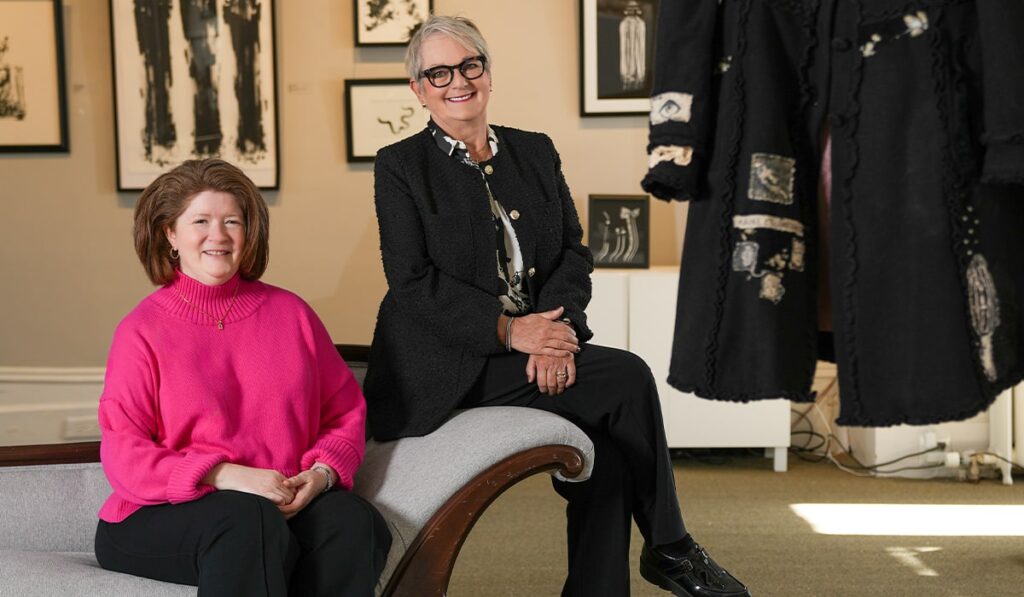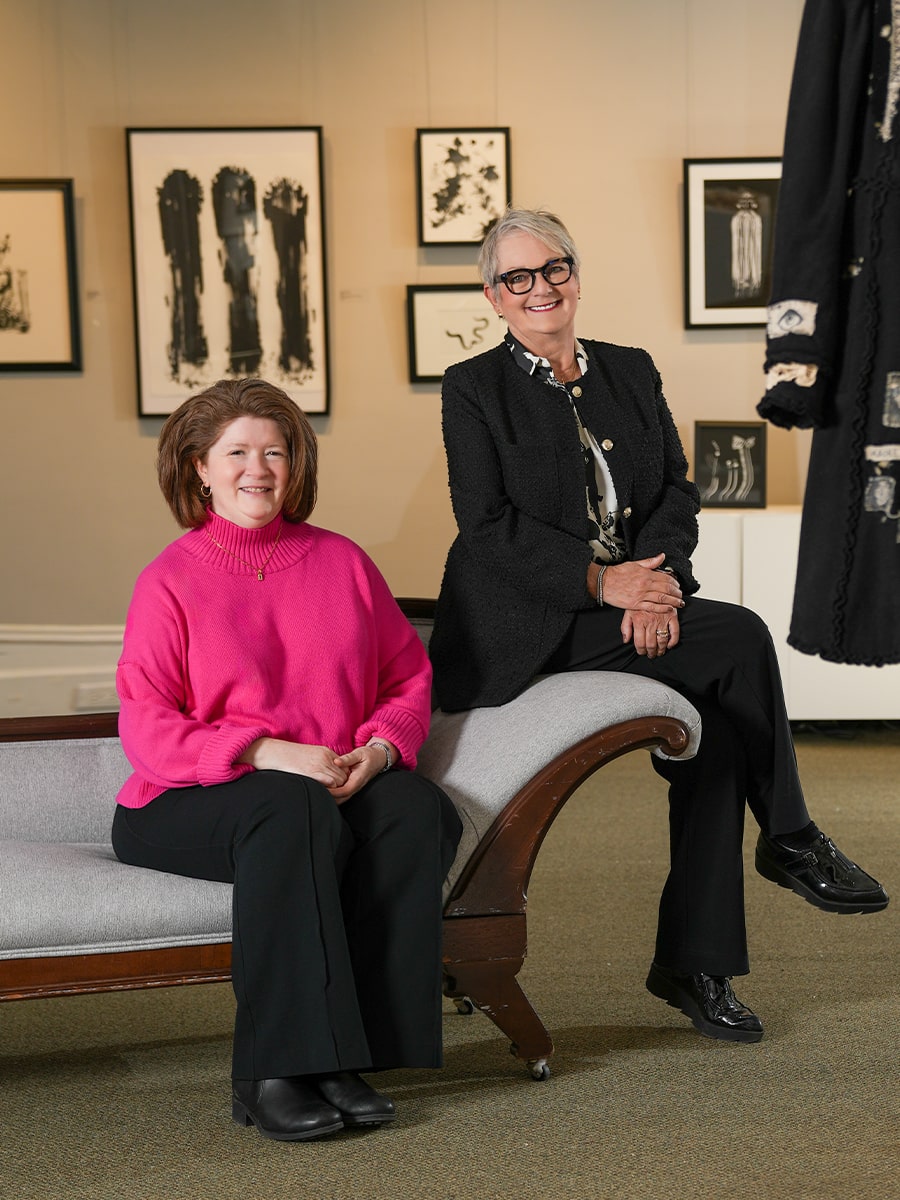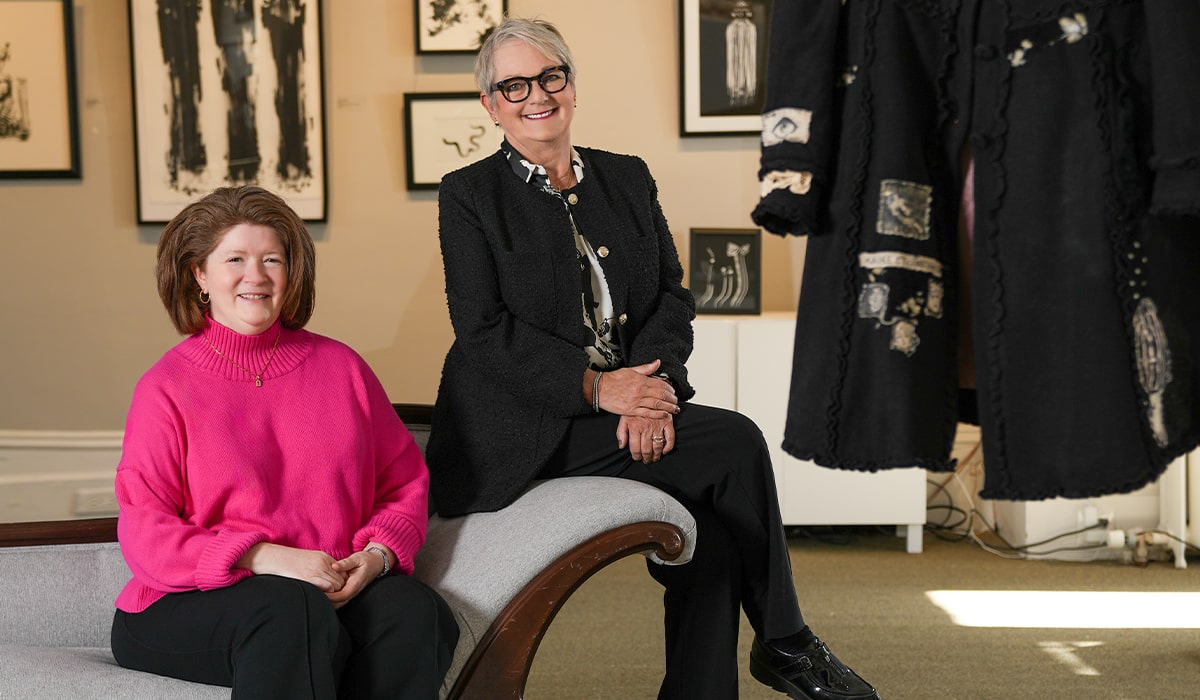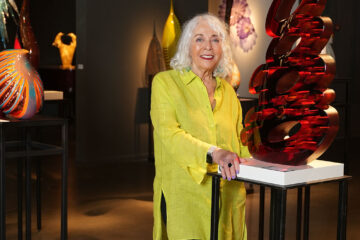Alexandra Bratton and Anita Stein: The Passion of being a Creative Force

The Women’s Art Association of Canada has been a powerful voice supporting the arts for more than a century.
The arts are among the most important threads that weave the rich fabric of our society together. Art is emotive. Art tells a story. Art can inspire the spirit and lift the soul. But for arts to not only survive but thrive in any community, it takes passionate people to support not just the creative life forces art can provide, but also those who create it. “Struggling artist” is not just an expression – it can be a reality.
Passionate people like Anita Stein and Alexandra Bratton, co-presidents of the 230-member Women’s Art Association of Canada (WAAC), may be headquartered in Toronto’s historic Yorkville neighbourhood but they have influence and reach far beyond that. Their hidden gem of a 19th- century building houses 11 studios which can be rented out by artists who want to further develop their skills. Gallery space within the building is used for exhibitions and lectures, and the public areas, including the patio and gardens outside, are available to rent for any type of special occasion. It is a communal gathering space perfect for bringing people together.
WAAC is a volunteer-led not-for-profit charitable organization whose purpose is to provide public education in the arts and through its scholarship program, and to support artists and the education of students in the arts in keeping with its charitable mandate. Today WAAC provides public art workshops and arts-related educational programs, playing the same active role in community-based arts that it has for the past 137 years.
In September 1887, an enthusiastic group of young women artists organized an art club based on the Art Students League of New York. They met in a humble studio in downtown Toronto to work together, painting, sculpting and drawing still life and living models. Most importantly, there were no rules. No instruction was given – rather, the aim was to provide encouragement to support the artist’s self-development and to draw out the personal resources she would need for individual achievement independent of any instructor. Even 137 years ago, these young women understood the value of freedom in the arts. Creativity cannot flourish with restrictions.

Co-presidents of
the Women’s Art Association of Canada Alexandra Bratton (left) and Anita Stein are bound by their love of art and laughter-filled friendship | Photo By Emad Mohammadi
By 1890, these informal gatherings had become a “women’s art club” with the purpose of creating general interest in art and encouragement of women’s work through the exchange of ideas as well as the holding of art exhibitions and lectures. In 1907, the association was incorporated – by a bill passed in the House of Commons in Ottawa, no less. It was now officially the Women’s Art Association of Canada.
Although they have only been co-presidents for less than a year, both Bratton and Stein say the partnership is working beautifully. “We work really well together – although we both bring different things and different perspectives, our main outlook is very similar,” says Bratton, in a recent interview with Dolce. “We really want this to be a member-led organization, and we want to have as much community involvement as we can, which is a bit of a shift from where we have been.”
Part of WAAC’s transformation has been due to its changing membership over the years. “Our demographic of members has changed as we now have younger artists and younger ideas,” observes Stein. “I think the art culture in Toronto is amazing, and we are connecting with smaller organizations like ours and working together. It really is good as it’s a lot more open, and we’re very supportive and work together very well.”
One of WAAC’s most important contributions to art in its community is through its scholarship program, which began in 1948, primarily focused on arts and music organizations. “This year we gave away 18 scholarships,” says Bratton. “Those included to various community programs and institutions such as the Ontario College of Art & Design University, the National Ballet School, Glenn Gould School and Sheridan College.”
Throughout history, whether through the sculptures of ancient Greece, paintings by the Italian masters, or the singing of Joni Mitchell and Gordon Lightfoot in a Yorkville coffeehouse in the 1960s, the arts in any form can be the source of life within a community and contribute to a healthy society. Volunteers such as Anita Stein, Alexandra Bratton and the members of the Women’s Art Association of Canada are passionate custodians who are ensuring the arts in Canada flourish and their future will prosper – for the benefit of us all.
womensartofcanada.ca
@womensartofcan
INTERVIEW BY MARC CASTALDO


















































































